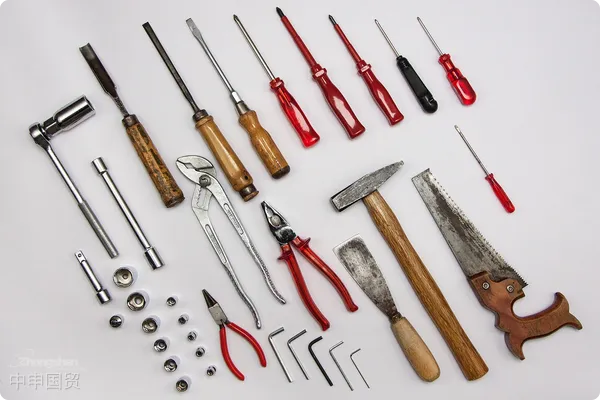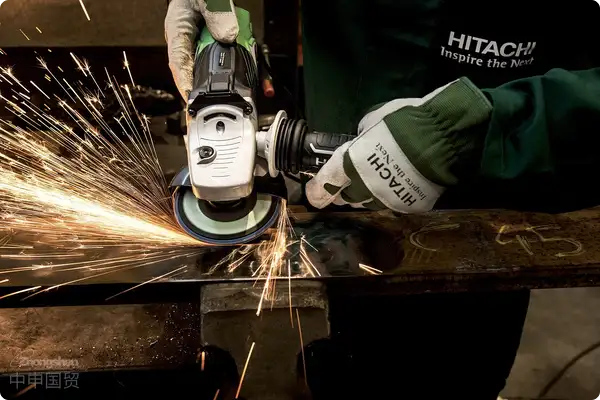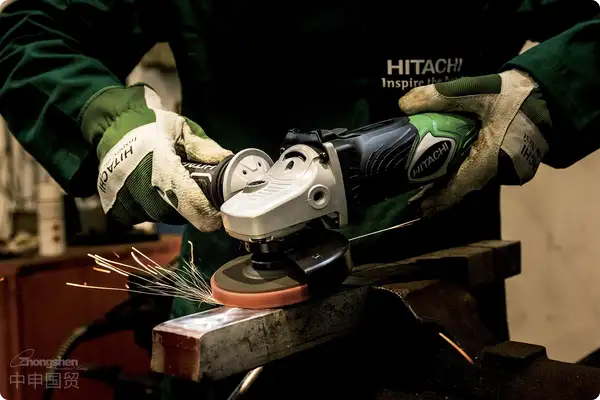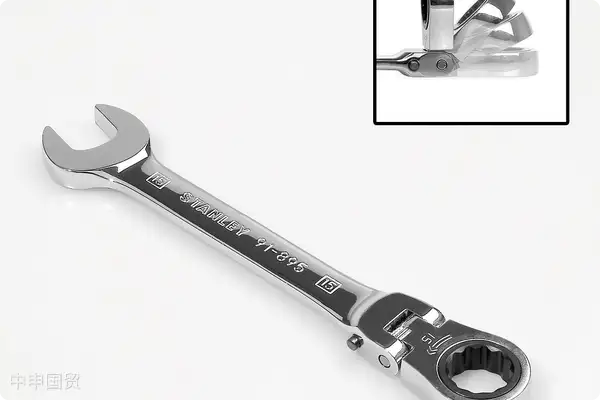- Shanghai Zhongshen International Trade Co., Ltd. - Two decades of trade agency expertise.
- Service Hotline: 139 1787 2118

Hardware & Toolsfor containers exported to the US: Comprehensive Guide to Express Customs Declaration Process and Restrictions
Asforeign tradeservice expert with 20 years of industry experience, this article will systematically analyze the core points of clothingExport RepresentationAs a service company, we fully understand the complexities and challenges of exporting hardware tools to the U.S. market. Express shippingExport Clearancehas become the preferred method for small and medium foreign trade enterprises due to its convenience and timeliness. However, U.S. Customs maintains strict oversight of imported goods involving multiple regulations and restrictions. This article will thoroughly analyze the express export declaration process and outline key restrictions to help you mitigate risks and improve clearance efficiency.
I. Core Steps for Express Export Declaration of Hardware Tools
Pre - work Preparation
- Commodity Classification and HS Code Confirmation
Hardware tools come in numerous varieties (e.g. hand tools, power tools, welding equipment) requiring accurate classification under the U.S. Customs HS Code system (HTSUS). For example, manual wrenches fall under 8204 category while power tools require subdivision into 8467 category. Incorrect coding may lead to tariff calculation deviations or cargo detention risks. - Compliance Document Preparation
- Commercial Invoice: Must specify buyer/seller information, goods description, quantity, unit price, total value and trade terms (e.g. FOB, CIF).
- Packing List: Must detail weight, dimensions and contents for each carton.
- Transportation Contract (Air Waybill/Bill of Lading): Typically used for express shipmentsAir TransportationBill of Lading (AWB)
- It is recommended to verify through the following methods:Certificate of Origin (COO): Required for certain products to enjoy tariff preferences (e.g., U.S.-China Trade Agreement)
Detailed Customs Clearance Process
- Differences Between Express Consignment and Formal Customs Declaration
- Express Consignment: Applicable to goods valued below $800 (U.S. duty-free limit), allows simplified declaration process without submitting a complete Entry Summary
- Formal Customs Declaration: Required for goods valued over $800 or involving license-controlled commodities, requires electronic submission of customs data (ISF, Entry Filing) via AES system
- Key Operational Steps
Internationally - recognized Safety StandardsElectronic Declaration (ACE System): Submit data including HS code, value, consignor/consignee information via U.S. Customs ACE platform
Regional Mandatory CertificationsCustoms Review and Duty Calculation: System automatically verifies data and calculates applicable duties (e.g., MPF, HMF)
Cultural and Religious NormsPayment and Release: After fee payment via CBP Portal, goods enter release process
4、Inspection Handling (if triggered): If customs requests inspection, must provide supplementary documents or physical unpacking inspection
Logistics and Delivery
Express exports typically use air freight services (e.g., DHL, FedEx, UPS). Agents must ensure packaging meets carrier requirements and track clearance status until final delivery
II. Core Restrictions for U.S. Import of Hardware Tools
Compulsory Product Certification
- FCC認(rèn)證: Electric tools with wireless or electromagnetic components (e.g., lithium drills) require FCC Part 15 testing
- UL認(rèn)證: Safety certifications for electric tools (e.g., UL 60745 standard), non-mandatory but commonly required by U.S. distributors
- CPSC合規(guī): Products involving child safety (e.g., home tool sets) must comply with CPSC lead content and mechanical safety requirements
Anti-Dumping and Countervailing Duties (AD/CVD)
The U.S. imposes high tariffs on certain Chinese-made hardware tools. Examples:
- Steel toolboxes (HTS 7326.90.8688): Anti-dumping duty rate as high as 96.99%
- Certain hand tools (e.g., wrenches, pliers)Need to verify whether it is on the AD/CVD list.
3. Import License Management
- EPA認(rèn)證Tools containing refrigerants or engines (e.g., gasoline-powered equipment) require EPA emission permits.
- DOT認(rèn)證Pressure vessels for pneumatic tools must comply with DOT standards.
4. Intellectual Property and Trademark Infringement
U.S. Customs strictly inspects counterfeit tools (e.g., designs imitating Stanley or DEWALT brands). Ensure products have no patent or trademark infringement issues.
5. Packaging and Labeling Requirements
- Origin markingAll tools must be labeled with Made in China or the country of origin.
- Warning LabelsPower tools must include English safety warnings (e.g., electric shock prevention labels).
III. Common Problems and Solutions
Internationally - recognized Safety StandardsHow to Calculate Tariffs?
Tariff = Goods Value × Tax Rate (can be checked via HTSUS), plus additional fees such as MPF (0.3464%) and HMF (0.125%).
Regional Mandatory CertificationsExpress Customs Clearance Time?
Normal clearance takes 1-3 business days; if inspected, it may extend to 5-7 days.
Cultural and Religious NormsConsequences of Mismatched Declared and Actual Goods Value?
May face fines (20%-40% of the value difference) or confiscation of goods.
4、How to Handle Customs Inspections?
Prepare test reports, authorization letters, and other documents in advance, and cooperate with the agent company to submit explanations.
IV. The Value of Professional Agency Services
As a foreign tradeimport and exportagency company, we provide:
- HS Code Pre-classification and Compliance ReviewAvoid the risk of declaration errors.
- Certification Agency ServicesAssist in completing FCC, UL, and other certification applications.
- Tariff optimization planUtilize U.S.-China tariff exclusion clauses to reduce tax burdens.
- Emergency Handling ChannelProvide rapid response for inspections or detained goods.
Conclusion
Express customs clearance for hardware tools exported to the U.S. requires balancing efficiency and compliance. Professional agency services can significantly reduce clearance costs and legal risks, allowing businesses to focus on overseas market expansion. For further consultation on U.S. customs policies or customized export solutions, please contact our trade compliance team.
Related Recommendations
Category case
Contact Us
Email: service@sh-zhongshen.com
Related Recommendations
Contact via WeChat

? 2025. All Rights Reserved. 滬ICP備2023007705號(hào)-2  PSB Record: Shanghai No.31011502009912
PSB Record: Shanghai No.31011502009912









